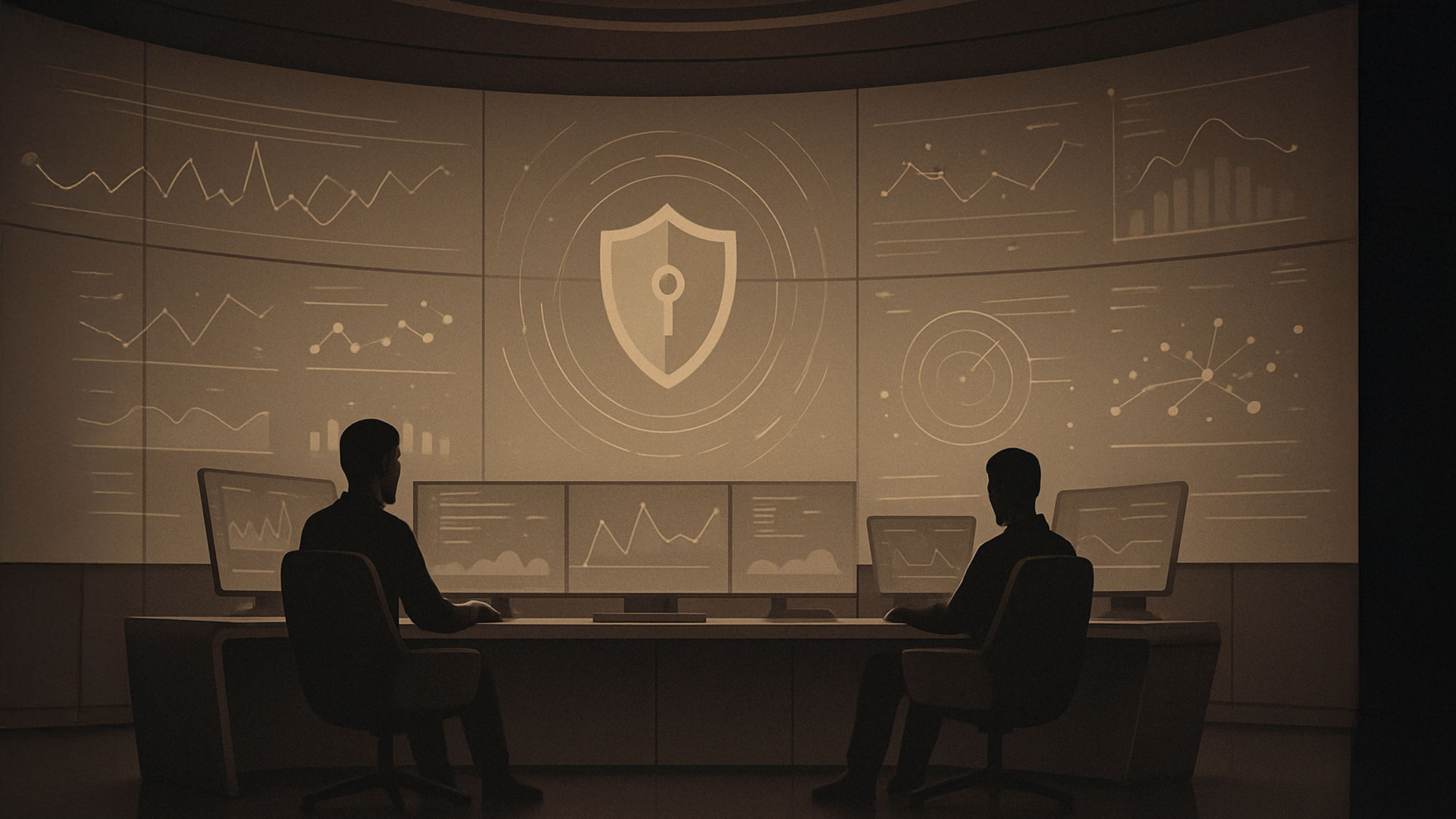Managing cybersecurity threats is a top priority for businesses of all sizes, and one of the most effective ways to achieve proactive threat detection is through Security Information and Event Management (SIEM) systems. As cyber threats evolve and become more sophisticated, traditional security measures often fall short. SIEM solutions consolidate and analyze security data from across an entire organization’s IT infrastructure, providing greater visibility and facilitating faster incident response.

Understanding SIEM Technology
SIEM technology works by aggregating data from various sources, including servers, network devices, and applications, to monitor and analyze events in real-time. The core functionality includes log collection, data normalization, and alerting on security incidents. Through continuous monitoring, SIEM can detect anomalies that may indicate a breach or attack, allowing organizations to respond promptly.
Modern SIEM solutions employ advanced analytics and machine learning to refine their detection capabilities, improving accuracy and reducing false positives. Importantly, the integration of threat intelligence feeds enables SIEM systems to correlate data with known threats, helping organizations stay ahead of emerging attack vectors. As a result, businesses leverage SIEM solutions for incident response and compliance with regulatory standards.
The Growing Importance of Compliance
Regulations such as GDPR, HIPAA, and PCI DSS mandate that organizations implement stringent security measures to protect sensitive data. Compliance requirements compel businesses to adopt technologies that provide insights into their security posture. SIEM solutions are essential in this regard, as they generate audit trails that demonstrate adherence to these regulations.
By maintaining detailed logs of all security-related activity, companies can readily produce compliance reports and evidence required in audits or investigations. The comprehensive nature of SIEM technology enhances security and streamlines compliance processes. Consequently, firms that implement SIEM find it easier to manage their risk and avoid substantial penalties resulting from non-compliance.
Enhancing Incident Response
One of the primary motivations behind adopting SIEM is the enhancement of incident response capabilities. The ability to quickly identify and react to threats can minimize potential damage during a security incident. SIEM systems provide a centralized view of security alerts, enabling security teams to prioritize and address the most critical issues first. The automation of incident response workflows further accelerates resolution times, allowing organizations to move faster than ever when under attack.
Updated threat intelligence and trend analysis help teams anticipate potential threats, shifting the organization from a reactive to a proactive posture. Security professionals appreciate the analytics capabilities of SIEM, which allow them to understand the effectiveness of their current security measures and identify weaknesses that require strengthening.

Cost Efficiency and Resource Optimization
Implementing a SIEM solution can lead to significant cost savings for businesses. Although there is an upfront investment in the technology, the long-term benefits often outweigh initial expenses. By effectively preventing breaches, companies can avoid the high costs associated with data loss, regulatory fines, and reputational damage. SIEM systems enhance resource utilization by streamlining threat detection processes and optimizing security personnel’s workloads.
Instead of sifting through mountains of data manually, security teams can focus on analysis and response, making operations more efficient. For small to medium-sized enterprises, exploring options like SIEM solutions for small business can provide tailored benefits without the heavy demands placed on larger organizations. By ensuring that security teams work alongside a powerful SIEM solution, businesses can maximize their operational effectiveness while keeping costs in check.
Boosting Visibility Across the IT Environment
One of the key advantages of SIEM is the enhanced visibility it offers across disparate systems and applications. In a fragmented IT landscape where data resides in multiple environments, organizations find it challenging to maintain a holistic view of their security posture. SIEM provides visibility by consolidating data from various sources into a single pane of glass. This comprehensive monitoring allows businesses to detect vulnerabilities and respond to incidents more effectively.
Security leaders can visualize patterns and assess trends over time, enabling strategic decision-making regarding their security architecture. Improving visibility empowers organizations to integrate better risk management practices. With more profound insights into potential weaknesses, businesses can remediate vulnerabilities before they become exploitable, significantly reducing the likelihood of successful attacks.
Facilitating Threat Hunting
Beyond automated responses, SIEM supports proactive threat hunting initiatives. Threat hunting refers to the practice of actively searching for potential hidden threats within a network, going beyond traditional reactive measures. The data collected by SIEM solutions provides the necessary context for security analysts to identify suspicious behavior before it leads to an incident.
Using this analytic capability, organizations can employ proactive investigation techniques to uncover overlooked threats. Incorporating threat-hunting strategies into their security postures makes organizations more resilient against advanced persistent threats. As a result, security teams can utilize SIEM to uncover known threats and emerging vulnerabilities, leading to improved overall security hygiene.

SIEM solutions have become indispensable tools for businesses striving to enhance their cybersecurity posture. By addressing compliance needs, improving incident response, and fostering better visibility and threat detection, organizations are better equipped to defend against modern cyber threats. The advantages of deploying SIEM technology are clear, providing a pathway to optimize resources, reduce costs, and fortify security measures effectively.
Disclaimer
This article is intended for informational purposes only and should not be construed as professional cybersecurity or legal advice. Businesses should consult with qualified IT security professionals or compliance experts before implementing or modifying their security infrastructure.



